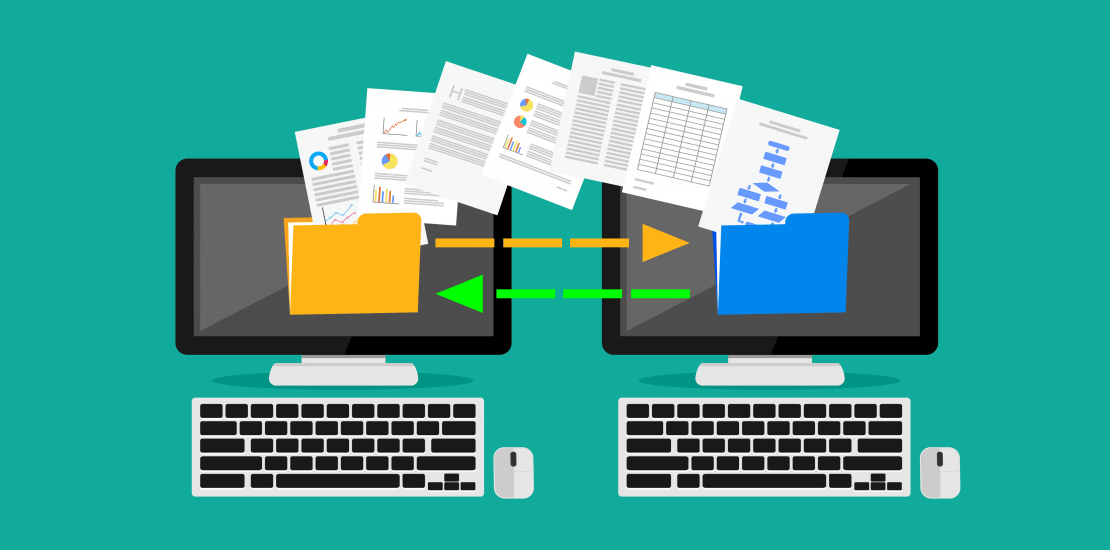What Do E-filing for Law Firms and RPA Have in Common?
- June 8, 2021
- Category: Legal Tech

While most of the world has already made the switch to ‘go native’ – digitally native, that is – several industry segments are still struggling to make the migration from analog, mainframe computers to SaaS-based solutions that offer more flexibility and efficiency. In the legal sector specifically, some jurisdictions have automated e-filing for law firms, while others are sticking to error-prone and time-intensive manual processes.
With so much technology at our fingertips, why is automation still a struggle for the legal realm? This is a question that continues to confound me as I evaluate the digital transformation of a centuries-old industry. It’s also a question that my colleague and Provana CTO, Sreeni Gudavalli, addresses in his recent CXO Today byline, Is Robotic Process Automation a Silver Bullet for the Digital Age?
In the article, Sreeni examines the evolution of robotic process automation (RPA) and how it’s helped organizations digitally outsource manually repetitive tasks. While it’s a technology that’s been around for decades, RPA is experiencing a resurgence, especially when it comes to the digital transformation of so-called ‘dinosaur’ industries. This is because RPA is especially beneficial in legacy environments where application programming interfaces (APIs) are not available.
So, back to our example of the e-filing process for law firms, RPA can enable government agencies and legal institutions who are still using manually intensive systems to get a major upgrade at a low cost, both in terms of dollars and resources. Provana is adept at helping our clients implement RPA in their legacy environments, regardless of where they are in the process. To learn more about our approach, read Sreeni’s article, or review our knowledge process outsourcing services.







